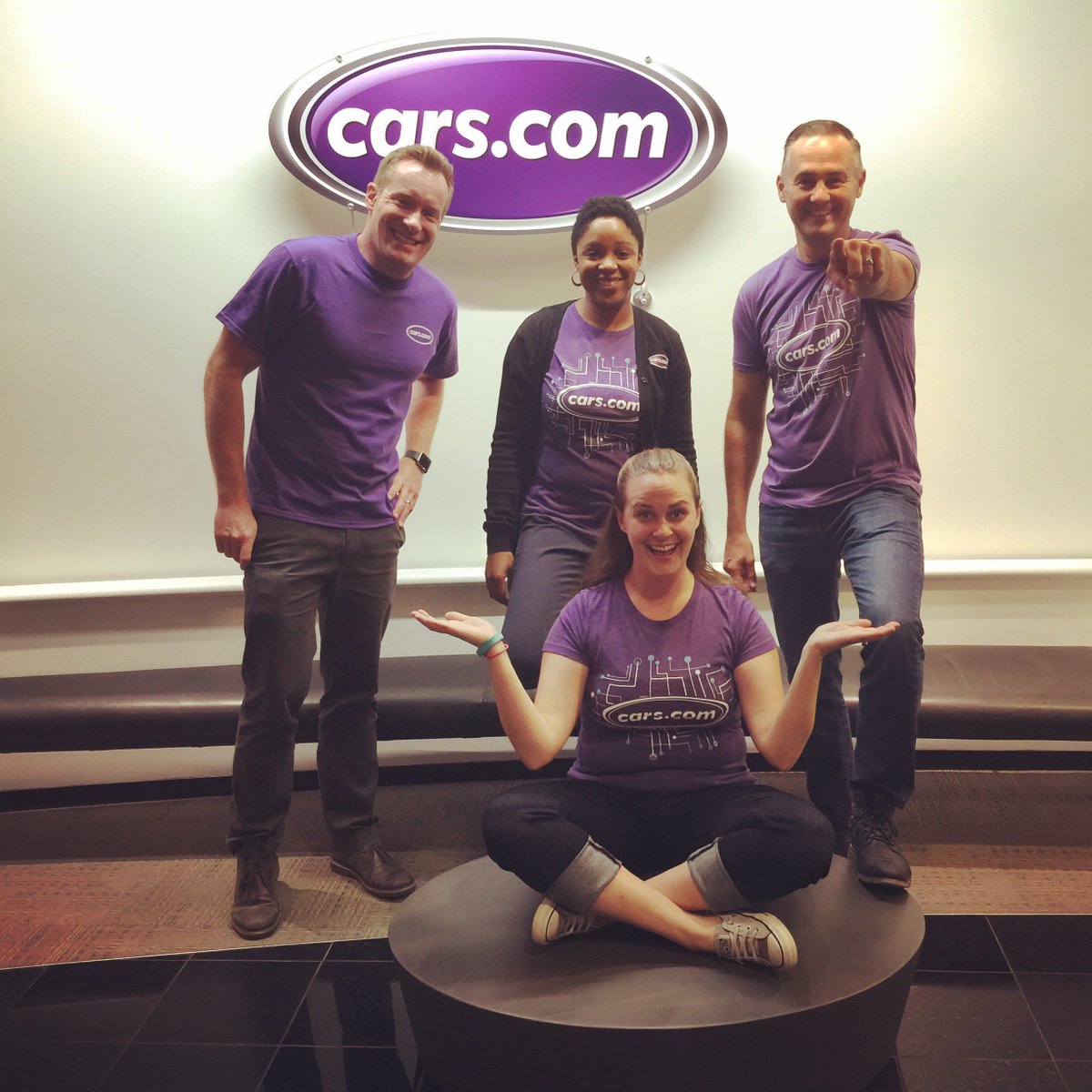
“We’ve got work to do”: Overcoming the Gap in Diversity Recruiting
As more candidates are open to remote roles, our 2020 State of Remote Work Report uncovered that employers believed the top benefit of hiring remote employees was having more diverse candidates. With a heightened focus on how companies are building diverse teams and inclusive workplaces, companies may be evaluating the work that still needs to be done in order for workplaces to be truly equitable, inclusive and diverse.
During an episode of our Talent Talent to Me podcast, Jennifer Tardy, career coach, diversity recruiting trainer, and CEO of Jennifer Tardy Consulting, joined us to discuss the gaps she found in training programs as a Head of Talent wanting to best prepare her team for their diversity recruiting initiative and how that experience led her to create her own program for recruiting teams wanting to close the existing gaps.
Identifying the gapWhen companies begin the work of creating an inclusive workplace, unconscious bias training may be thought of as a smart place to start. While unconscious bias training is valuable and well-intentioned, it is a start not a well-rounded solution. As a Head of Talent in her former life, Tardy explained how she was disappointed to find that the trainers and program material for diversity recruiting training couldn’t speak to the depths of diversity and inclusion in hiring as she would have liked. Not only were the resources for recruiting teams insufficient, Tardy also identified a larger systemic issue within hiring that needed to be fixed for diversity recruiting to work effectively.
Recommendations in the market primarily focused on boolean strings but didn’t discuss how companies might get in front of and attract diverse talent, how to interview for authenticity, and how to create an inclusive workplace for people of underrepresented groups, especially if the company didn’t have good representation to begin with. The hiring system today calls on recruiters to weed people out of the pipeline. In doing this, pipelines begin to look homogenous or are influenced by bias. Then interview questions end up not assessing a candidate’s skills fit or who they truly are but rather for who was able to produce a better answer. In the end recruiters may miss out on the aspects about the candidate that make them diverse in background, opinion, and experience and disproportionately weed them out. This may ultimately impact a recruiter’s ability to attract, interview, and hire diverse talent if they aren’t changing the system that weeds them out in the first place.
Learning on common groundTardy believes that diversity recruiting training must start on common ground and should go to the depths of why DE&I initiatives exists in the first place. Her clients pledge in their sessions that training is not a place of guilt but an avenue for finding solutions to move forward. Typically when people don’t feel like they know enough or know what language to use when it comes to diversity, Tardy shares, they opt out of participating in discussions–recruiters don’t have the luxury of not participating so she wants to equip them to go into those conversations confidently. By laying the foundation down for DE&I and common language to use, she notes how teams are more encouraged to engage in meaningful dialogue to create an action plan for lasting change within their organizations. Beyond undergoing diversity recruiting training, she advises recruiting teams to do two things in their process:
Interview for authenticity
Tardy shares how current hiring is set up candidates know recruiters are looking for the best answer to interview questions. For people of underrepresented groups, learning how to best answer interview questions is even more critical to prevent getting weeded out and landing a paying job. Tardy challenges recruiters to reframe interview questions with the intention to get to know the candidate and how they can contribute to the team instead of seeing reasons to pass on their candidacy. Figure out how you can really get to know this person, through behavioral interview questions for instance, and determine if they’d be a good fit for the job based on how they think through problems.
Audit for impact
Companies have great intent when it comes to DE&I but can sometimes be fearful to look at what quantitative and qualitative data suggests is true. For example, Tardy mentions that by leveraging data through a self-identification campaign, data from exit interviews, or migration data (promotion, demotion, lateral moves, etc), recruiting and HR teams can see where people of color are falling out of their process and organization as a whole. Companies should dive into why people are leaving and identify who in the organization has promotional opportunities over others to see if there are disparities between groups. If companies have great intent, they should also audit for impact and outcomes to see what employees and candidates are trying to tell them about the equity and inclusion of their workplace.
Once employers move past the guilt and understand how they can contribute to the larger conversation of diversity recruiting, they can know the weight of how to source for diverse talent, how to attract them to their companies, identify where bias is baked into their process, and how to make an effective and ethical selection decision. Recruiting practices can be more inclusive and, therefore, workforces can be more diverse and equitable.
Listen to the full episode here:
Related blog posts

How To Beat Burnout For Managers: 3 Habits For Stress Relief
Are you feeling overwhelmed as a manager? Studies show that managers face a higher risk of burnout...

9 Game-Changing Project Management Tools for Scaling Your Team’s Results
The ever-changing workplace of today brings with it ever-evolving workplace rituals —...

How Cars.com Is Driving the Future of Tech Recruiting
Mike Dwyer is a man of many talents. HR leader, improv comedian, and entrepreneur, Mike is known...

What Do Millennials Want at Work? 7 Things They Want & 3 Employer Dealbreakers
As a key part of today’s workforce, Millennials have been the source of many work memes,...

5 Interview Questions Hiring Managers Need to Ask Before Making An Offer
Job interview questions can be time consuming fact-finding missions that don’t always yield...

The Key to Hiring Top Software Engineers Isn’t More Money
With demand for technical workers soaring, and an expected job growth rate of 17% by 2024, hiring...

